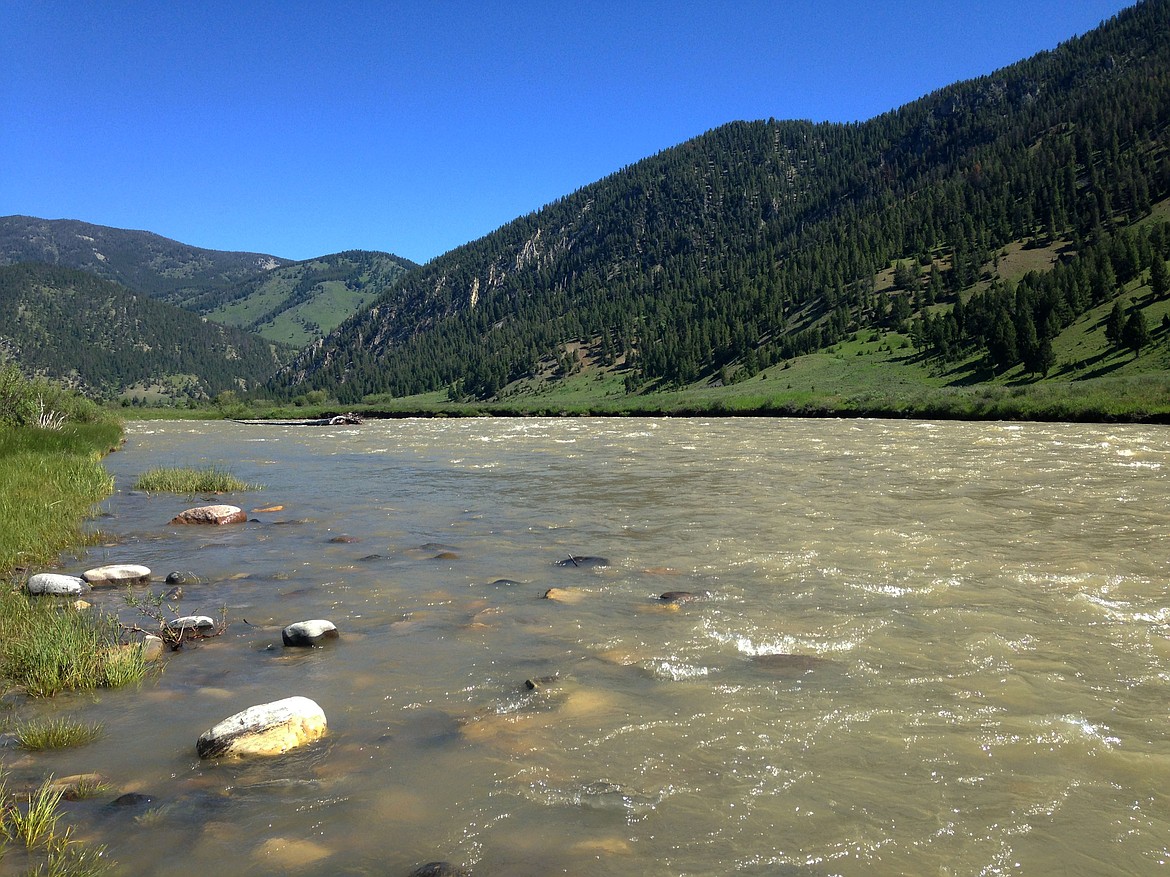Hot weather prompts more fishing restrictions on Montana rivers
Montana Fish, Wildlife and Parks imposed fishing restrictions Wednesday on rivers in southwest, north-central and south-central Montana due to warming temperatures and low flows.
The restrictions include what are commonly known as "hoot owl" restrictions, which mean fishing is prohibited from 2 p.m. to midnight each day. Some waters are closed to fishing at all times of day.
The following closures began Wednesday and will remain in effect until conditions approve:
- A full fishing closure for portions of the Shields River from the confluence with the Yellowstone River to the U.S. Forest Service's Crandal Creek Bridge.
- A full closure for portions of the Big Hole River from the confluence with the Beaverhead River to the Tony Schoonen fishing access site.
- A full closure for portions of the Gallatin River from the mouth to the Montana 84 crossing.
- A full closure for the entire Jefferson River.
- Hoot owl restrictions for the entire reach of the Madison River from the mouth to the boundary with Yellowstone National Park.
- Hoot owl restrictions for portions of the Beaverhead River from the mouth to Montana 91 South.
- Hoot owl restrictions for portions of the Missouri River from the town of Cascade boat ramp to the Holter Dam.
- Hoot owl restrictions for portions of the Stillwater River from the confluence with the Yellowstone River to the Absaroka fishing access site.
- Hoot owl restrictions for portions of the Yellowstone River Montana 212 Bridge in Laurel to Yellowstone National Park.
Numerous other rivers in Montana also are under fishing restrictions. A full list can be found at fwp.mt.gov/news/current-closures-restrictions. Ponds, lakes, reservoirs and streams at higher elevations, which don't experience the highest temperatures, also offer good midsummer fishing opportunities.
Montana Fish, Wildlife and Parks' drought policy provides for angling closures when flows drop below critical levels for fish, when water quality is diminished, or when maximum daily water temperatures reach at least 73 degrees for three consecutive days. Warm and dry conditions are expected to continue in the coming weeks.
Fish become more susceptible to disease and death in such stressful conditions. Fish, Wildlife and Parks says the public should report any unusual sightings of dead or diseased fish to one of the agency's local offices.
The agency said anglers should follow these tips when catching and releasing to help fish survive:
- Fish during the coolest times of day, where permitted.
- Land the fish quickly.
- Keep the fish in water as much as possible.
- Remove the hook gently. Using artificial lures with single and barbless hooks can make hook removal faster and easier.
- Let the fish recover before releasing it.
- Before going fishing, be aware of the conditions.


